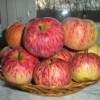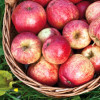Apple tree Streyfling - an old late variety
Content
Description and characteristics
The Streyfling apple tree is a large, tall (about 8 m) tree with a dense and spreading crown, extended upward. The density of the tree is due to multiple shoots and small twigs on which leaves are very densely located. The main branches extend from the trunk at right angles, due to which the crown appears very wide and slightly drooping. The bark of large branches is smooth, brown in color, young shoots are a few tones lighter. The buds are gray, the blossoming leaves are green above, and gray below, heavily pubescent. The leaf blade is slightly wrinkled, with small notches along the edge.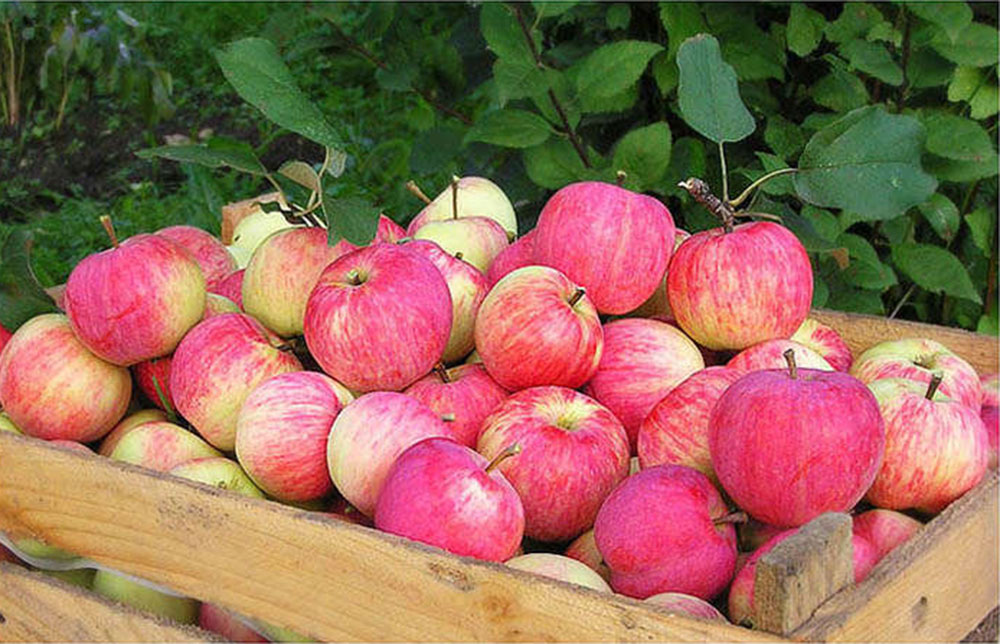
The apple tree blooms with large white cupped flowers. The petals are concave, overlapping, rounded, light pinkish at the bud stage. Fruiting in an apple tree is mixed: most of the ovary is formed on 3-4-year-old ringlets, the rest of the fruits - on long twigs of 2 years old.
The apple tree begins to bear fruit rather late - at the age of 7-8, however, single fruits can appear on 5-year-old trees. In the first years of fruiting, the yield is insignificant, but with each subsequent year the amount of the crop increases.
According to the ripening period, the variety is considered late. The fruits have a very colorful description. They are quite large (170-200 g), even, truncated-conical, ribbed at the base. The peel is smooth, glossy, with a slight waxy bloom. The color of the peel is different: some fruits are yellow-green, with a pronounced striped blush, others are colored more intensely - the yellow-orange basic tone smoothly turns from the sunny side into brown or red. Numerous subcutaneous spots of light color are visible under the skin.
In general, the variety reads high-yielding - an adult apple tree aged 25-30 years, with proper care, is capable of producing up to 300 kg of apples per season. You can increase the productivity of an apple tree with the help of mineral and organic fertilizers, timely pruning and watering. Since the variety was bred in a different, more humid, climatic zone, it is characterized by low drought resistance. Disease immunity is high enough. Trees of this variety are less affected by scab than others, but in a rainy summer, the likelihood of developing the disease is not excluded.
The apple tree tolerates low temperatures well. Even in harsh winters, trees rarely freeze slightly, and if this happens, they recover rather quickly and resume fruiting. In the conditions of the middle lane, the tree normally tolerates the winter without shelter, however, in the northern regions for the winter, it is better to cover the trunk circles with organic matter.
Video "Description of the variety"
From the video you will find out what these apples are.
Taste qualities of fruits
Streifling apples have a harmonious sweet-sour taste, which is due to the ideal ratio of sugars, aromatic substances, pectins and acids. There is a light spicy note in the aftertaste, but still sweetness predominates, since the sugar content in the fruits is more than 10%. The pulp of apples is cream or light yellow in color, slightly loose in structure, fine-grained, very juicy, with a characteristic apple aroma.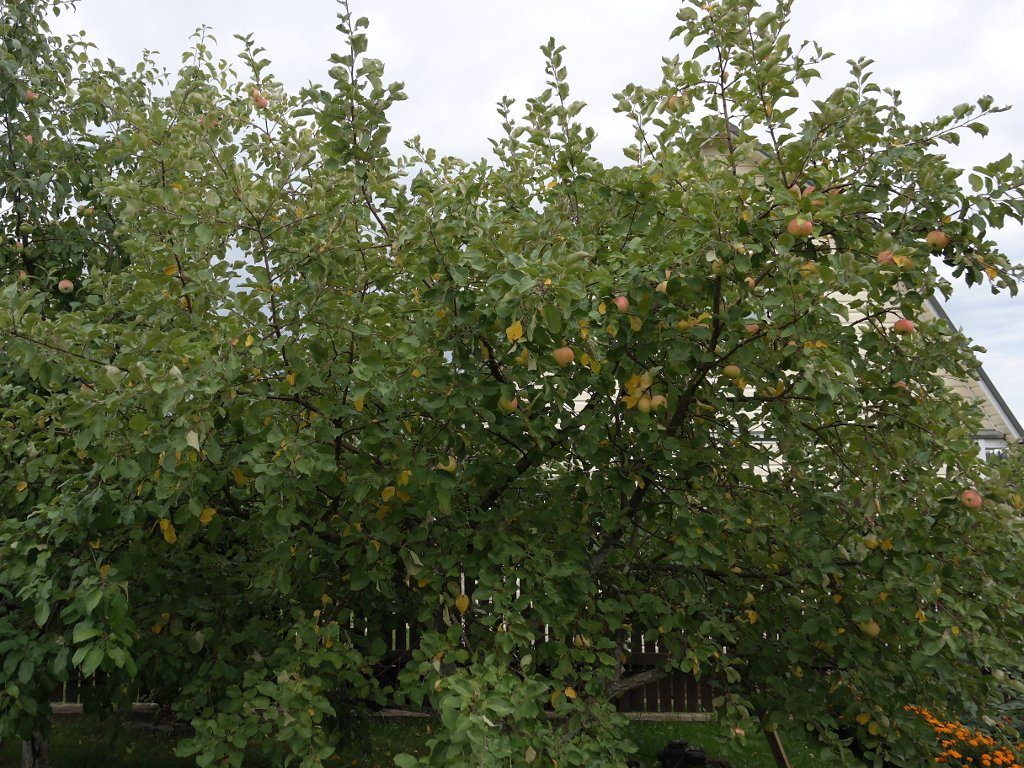
The tasting score of apples is quite high - 4.5 on a five-point system. The pulp of the fruit contains a lot of vitamin C, organic acids, and fiber. The chemical composition of apples is also diverse and includes potassium, magnesium, manganese, sodium, zinc, and a lot of iron. Despite the sweet taste, the calorie content of apples is no more than 50 kcal, which allows them to be used in dietary nutrition and as a basis for making desserts and baking.
Planting and leaving
Apple tree seedlings can be planted in spring and autumn. In the autumn, planting must be carried out about a month before the onset of night frosts. Trees need light loamy soils to grow well. If clay prevails in the soil, then river sand must be added to it. It is advisable to add peat to the sandy soil.  The planting hole should be about 80 cm in diameter and 60-70 cm deep. Planting holes are dug a couple of weeks before planting. Fertilizers are placed at the bottom of the pit (compost or humus 0.5 buckets), a layer of earth is poured on top so that the young roots do not come into contact with the fertilizer.
The planting hole should be about 80 cm in diameter and 60-70 cm deep. Planting holes are dug a couple of weeks before planting. Fertilizers are placed at the bottom of the pit (compost or humus 0.5 buckets), a layer of earth is poured on top so that the young roots do not come into contact with the fertilizer.
The yield of the apple tree depends on proper care. The variety is very susceptible to watering and feeding. Lack of moisture negatively affects the number and size of fruits, in addition, from a drought, the apple tree can shed its leaves prematurely, so you need to water the trees, even adults, regularly.
About a month before the onset of frost, watering should be stopped - this will help the apple tree prepare for wintering.
The trees are fed 3-4 times during the season: the first time before flowering (urea 0.5 cups / 10 l of water), the second - in mid-June (liquid manure in a ratio of 1:10 or droppings in a ratio of 1:15), the third - during the ripening period of fruits (potassium-phosphorus mixtures). The last time fertilization is applied in the fall (superphosphate 20-50 g, depending on the size of the tree). In the middle of summer, siderates (mustard, peas, lupine) can be dug into the trunk circles. By autumn, they will rot, and the soil will be fertilized with high-quality organic matter. The same plants can be planted between the rows of apple trees, and then the tops can be used as fertilizer.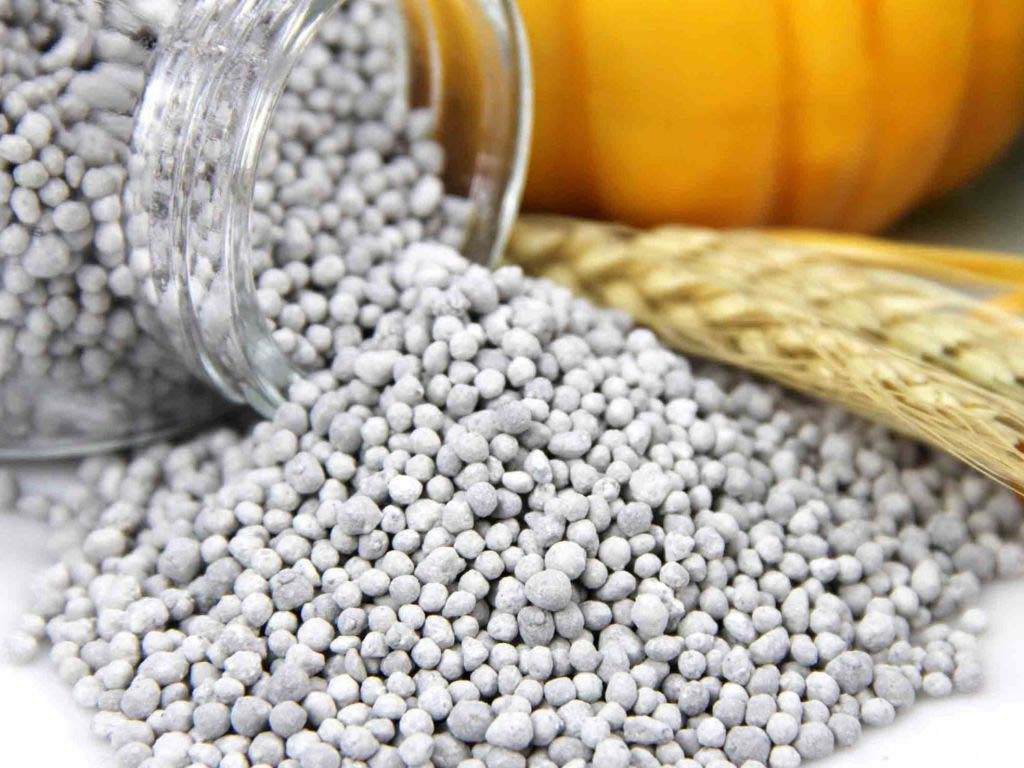
Since the variety is characterized by a spreading, voluminous crown, it is recommended that the trees perform formative pruning. Spring pruning of the tops of the branches stimulates the formation of lateral shoots, thereby increasing the number of ovaries. In the fall, you should remove all damaged, diseased, as well as old branches that no longer bear fruit. In addition, the removal of old shoots allows the tree to rejuvenate and thereby extend its life span. It should also be remembered that an apple tree of this variety needs pollination by another variety, therefore it is better to plant apple trees of such varieties as Papirovka, Antonovka or Slavyanka next to it.
Harvest
Apples are removed from the tree in early September, but to achieve a harmonious dessert taste, it is recommended to keep them in a cool, dark place for a couple of weeks. The variety is not prone to dropping. The fruits can hang on the branches for a long time and firmly, but this reduces their shelf life. After picking, it is recommended to lay the apples in layers in well-ventilated boxes and store in a cool place (basement, cellar).
Without loss of density and taste, apples are stored for up to 3 months, and then the wilting process begins. The Streifling variety is considered a table variety, but besides fresh consumption, the fruits are great for making jams, juices, preserves and other preparations.
Disease and pest control
Diseases and harmful insects not only cause significant damage to the crop, but can also lead to the death of the plant, therefore, preventive treatment for the apple tree is very important. For pests, the tree is treated in the spring: the first time before bud break (in April), and the second time after flowering (in mid-May). For spraying branches, it is recommended to use the following insecticides: copper oxychloride or copper sulfate (40 g / 10 l of water), Bordeaux liquid. These are complex preparations that protect not only from pests, but also from fungal diseases, to which the apple tree is most often exposed: scab, fruit rot, powdery mildew and others.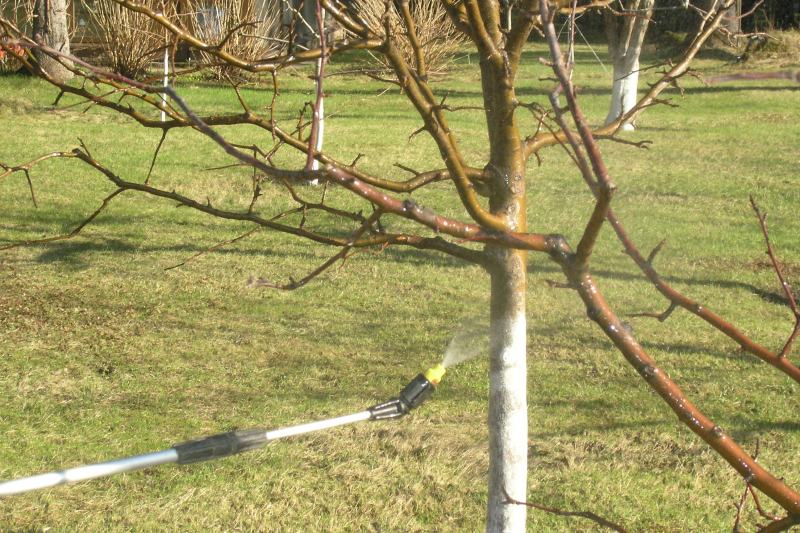
The apple tree of this variety has a lot of pests, but their distribution depends on the region of growth. Some insects eat the leaves, others damage the fruits, which is why they quickly deteriorate and lose their presentation. The most dangerous pests of fruits are the apple sawfly and the moth. These caterpillars penetrate the middle of the apple, eat the pulp, make moves in it, which makes ripe apples unusable, and not ripe ones fall off at all. To destroy these insects, insecticides are used (Karbofos, Decis).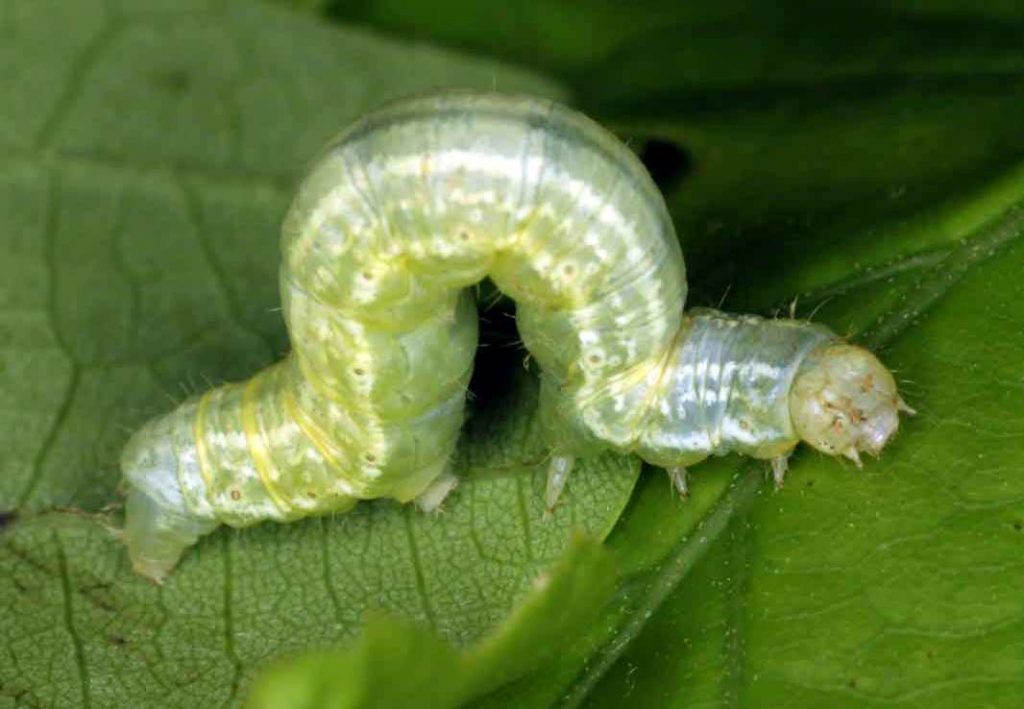
If the apple tree is slightly damaged, then folk remedies can be used for spraying: infusions of wormwood, tobacco, tansy, dill. Experienced gardeners plant plants in the garden, the smell of which is not pleasant to pests: garlic, medicinal chamomile, tansy, marigolds. In the fall, it is recommended to collect and burn all the foliage that has fallen from the apple tree, and dig up the soil, and then pour it with an insecticide solution - this preventive measure will help destroy the larvae of pests wintering in the ground, and at the same time neutralize the soil from fungal spores.
Video "Diseases of fruit trees"
From the video you will learn how an apple tree can get sick.

